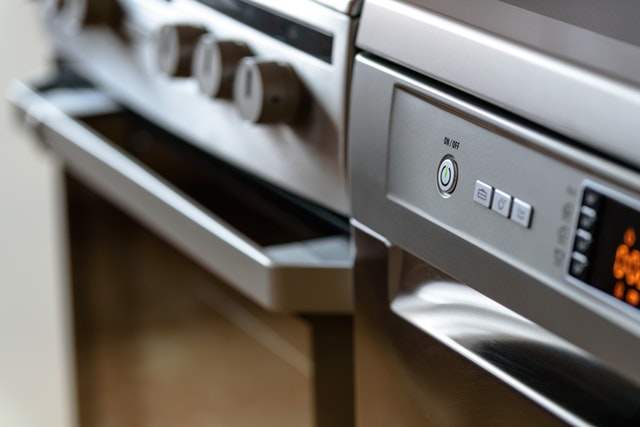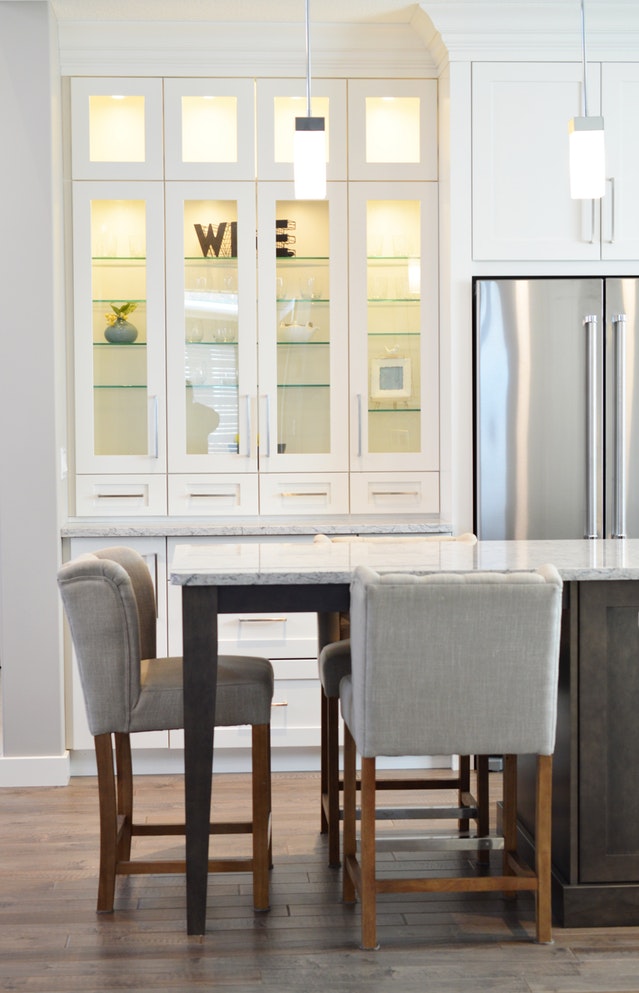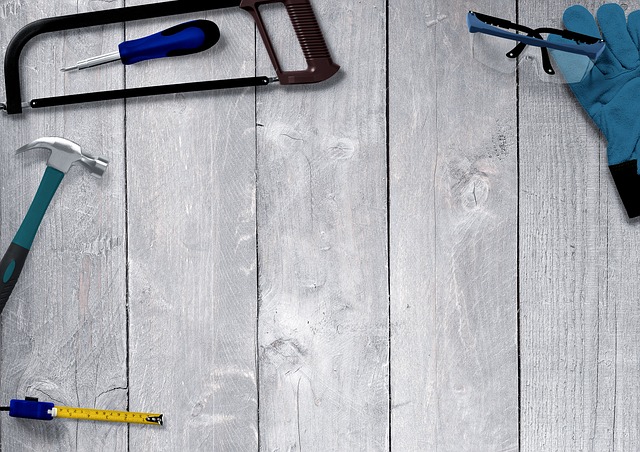 Your home is undoubtedly the one of— if not the— most expensive purchase you’ll ever make. But for most homeowners that initial cost is just the beginning, especially when buying an older home. We spend more on remodeling and updating our homes than we do on vacations and in retirement funds; that’s why when it comes to fixing up an older home, it’s important you have a plan.
Your home is undoubtedly the one of— if not the— most expensive purchase you’ll ever make. But for most homeowners that initial cost is just the beginning, especially when buying an older home. We spend more on remodeling and updating our homes than we do on vacations and in retirement funds; that’s why when it comes to fixing up an older home, it’s important you have a plan.
Buying an older home has unmatched charm and character— it’s like buying a piece of history. But history isn’t always worth repeating. If you’re thinking of buying an older home— or just purchased one— here are a few questions you should ask to help make decisions about home improvement projects to help make your old house into a new home.
Is my home properly insulated?
Houses built before the 1980s are often under-insulated, which means your winter utility bills can skyrocket. Take a peek in your attic to see if you have at least 8-11 inches of fiberglass or cellulose insulation. You may also need to remove some insulation, and this is a bit trickier. First, it’s important to know that some kinds of insulation— like asbestos, for example— are toxic and require a professional to remove. Other kinds, like fiberglass, can mildly or even severely damage your hands if you aren’t protected. You also want to avoid breathing it in or getting it in your eyes. Be safe when you install or remove this kind of insulation by wearing a filtering mask, heavy duty gloves and safety goggles.
How can I protect antiques during remodeling?
Old homes often come with antique fixtures, windows and accents that you want to protect during a remodeling project. The best way to protect them is to remove them while you work. Take an extra step in protecting them from damage by renting a storage unit during the remodel process— it’s a lot cheaper to store than to replace. For example, the average price to rent a self-storage unit in Vienna, Virginia over the last six months was $202.27. It may even be worth using professional movers when transporting these items. You’ll want to budget accordingly as the average cost per hour for movers is around $25. It might be worth it to use the pros to make sure your fixtures stay intact. For items you want to leave in the home, use bubble wrap to guard against breakages and drop cloths to protect against dust, paint and fumes.
Does the home have the original plumbing and electrical?
Homes that were built before or during the 1960s might have galvanized pipes, which can easily clog or corrode over time. When upgrading plumbing, you’ll want to consider using PVC or copper pipes, which you will more than likely need a professional to install. Old electrical wiring is more than just an inconvenience; it can be a safety hazard. Homes built before the 1920s didn’t use as much power as we do today, so in order to run your microwave and your hair dryer at the same time you may need to pay to have your wiring brought up to code, update electrical panels or switch out two-prong with three-prong outlets.
Have there been inspections for harmful materials?
Older homes have a higher risk of being built with some materials that are hazardous to our health, in particular lead paint and asbestos insulation. While left undisturbed, lead or asbestos in the flooring, ductwork, ceiling, roofing, and HVAC system aren’t usually harmful. However, home renovation projects where these materials might release powder or dust can be very hazardous. Fortunately you test for lead paint on your own, but you’ll need a professional to detect asbestos if you suspect it’s in the construction of your home. And by all means, you’ll need a professional to remove asbestos. Look for the best price and best-rated contractor in your area by doing your homework.
While older homes do have more risks and renovations, they also often have more character that you won’t find in many newer houses. When considering buying one, older houses can come with costs that aren’t so charming. These common renovation questions can help you prepare and plan for the path ahead.


Rob Woods
Rob is a dad living in Philadelphia. He enjoys DIY projects almost as much as raising his two children. He is the co-creator of FixItDads.com, which offers tips for home improvement projects.




